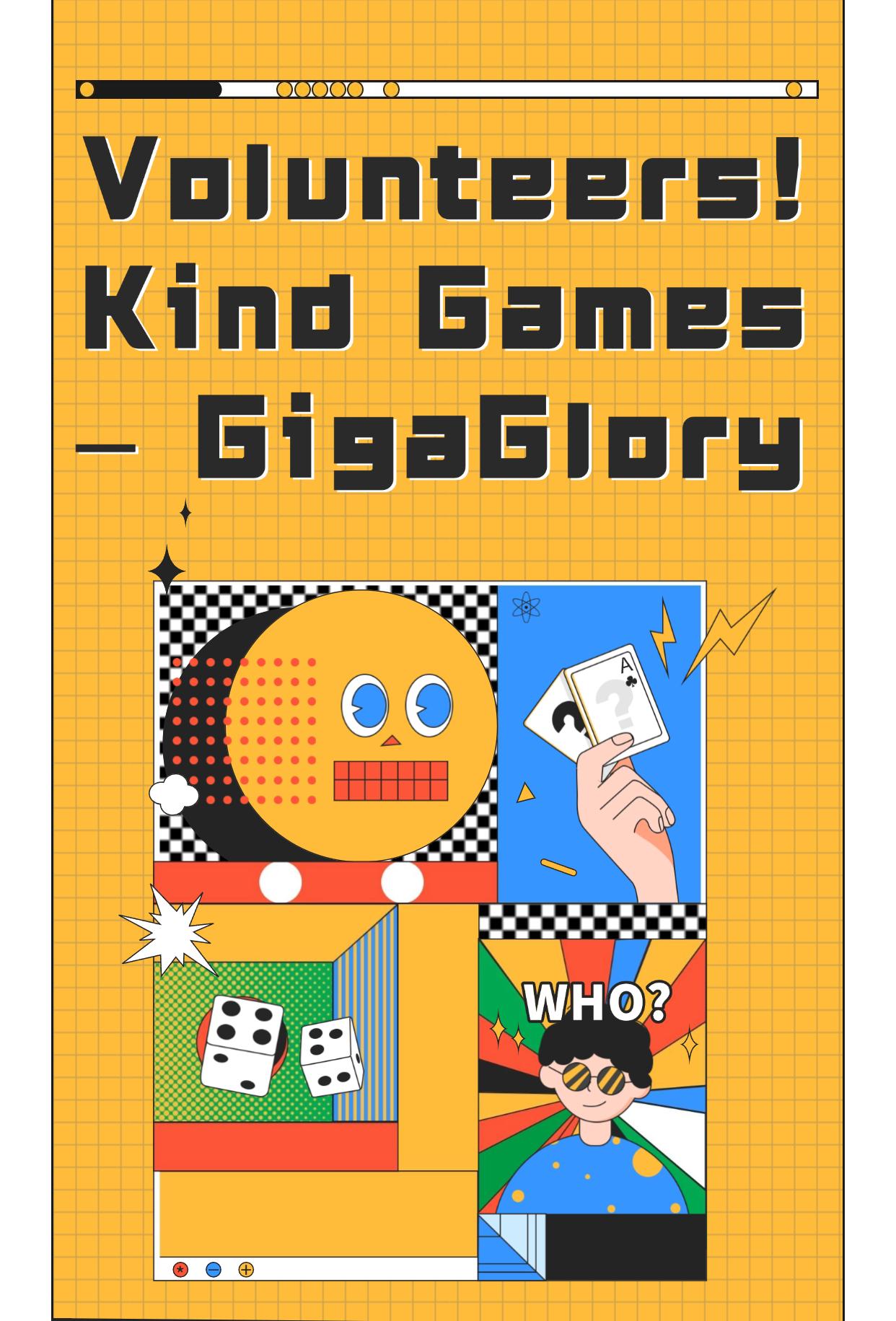Unlocking Creativity: Why Sandbox Games Are the Future of Gaming
In an age where video games have become a central part of our culture, sandbox games stand out as a beacon of creativity and freedom. These virtual playgrounds offer players the chance to explore their imagination, engage in unique narratives, and partake in gameplay experiences that are richly interactive and deeply personalized. When we allow our creativity to roam free, it's evident that sandbox games aren't just a trend; they represent the future of gaming.
What Are Sandbox Games?
Sandbox games, in essence, are video games that give players the freedom to explore and interact with a virtual world, usually without strict objectives or constraints. Think of them as a child's sandbox: a space where you can create, destroy, or manipulate objects to your heart's content. Unlike linear formats—where you follow a set storyline—sandbox games let you forge your narrative through your choices, reminiscent of real life in many ways.
The Appeal of an Open World
Have you ever wondered why players are so drawn to open-world games? The answer lies in the sense of agency they provide. This freedom allows for exploration and the opportunity to dive into engaging side quests or build friendships with in-game characters. Players can create their unique stories while embarking on adventures through stunning landscapes or bustling cities. The growing popularity of games like Grand Theft Auto V, Minecraft, and Roblox underscores how attractive open-world gameplay is.
Game Story Choices Through Gameplay
When discussing game narrative, sandbox games shine because they prioritize player choice. One popular discussion on Reddit highlights how many players seek engaging story choices that evolve through gameplay. Whether it’s the last secret agent game where you can decide to save a hostage or stealthily disable an enemy base, these decisions shape not only the game’s world but also the emotional investment players feel.
Creative Freedom and Artistic Expression
It’s no secret that creativity thrives when users have the tools to express themselves. Sandbox games typically come with comprehensive creation tools, allowing players to build landscapes, design characters, and even craft quests. Imagine how exhilarating it is to see something you built come to life in a game. Players become both builder and adventurer, merging creativity with gameplay like never before.
How Sandbox Games Encourage Collaboration
In many sandbox games, collaboration isn't just encouraged; it's essential. Players often work together to construct massive cities in Minecraft, or to craft thrilling adventures in a community-driven universe like Roblox. This cooperation fosters friendships and enhances the overall gameplay experience, emphasizing that gaming is not merely a solitary leisure activity.
Incorporating Real-World Skills
The skills developed in sandbox games often extend into real life. Players learn problem-solving, critical thinking, and planning, often without realizing it. As they navigate challenges, strategize with teammates, and adapt to unforeseen circumstances, they unknowingly cultivate valuable life skills. The hands-on creativity they engage with can lead to a deeper understanding of architecture or even programming, providing experiences that have real-world applicability.
A Haven for Modders and Creators
Another key feature of sandbox games is their support for modding and player-created content. Players aren't just consumers; they can also be creators. This makes for a dynamic ecosystem filled with innovative ideas. For instance, in a game like Garry's Mod, players can design and share intricate new game modes, fostering a sense of community and ongoing engagement within the game.
The Financial and Cultural Impact of Sandbox Games
Consider this: sandbox games have generated billions in revenue, which speaks volumes about their popularity. Moreover, they have inspired various industries including film, art, and education. Artists and filmmakers draw inspiration from rich worlds created in games, while educators utilize such platforms to teach collaboration and problem-solving.
Challenges Bounds by Sandbox Games
Despite all the benefits, sandbox games aren't without their challenges. Technical issues such as bugs, glitches, or even server troubles can frustrate players. Balancing player freedom with game mechanics also presents a unique difficulty. When there's too much freedom, players might feel lost or overwhelmed, leading to a counterproductive experience. Developers strive to create intuitive systems, so players can both explore and feel anchored within their game worlds.
How to Get Started with Sandbox Gaming
- Research different sandbox games to find the one that matches your interests.
- Join online communities to learn from experienced players.
- Start small; focus on learning the game mechanics before diving deep.
- Experiment with creation tools—they're there for a reason!
Creating Your Own Sandbox Game Journey
The beauty of sandbox games lies in their malleability. As a player, you have the power to decide how your journey unfolds. Whether it’s crafting unique stories or collaborating with others, the possibilities are endless. Do you want to be a secret agent in the latest war game, or would you prefer a peaceful farmer harvesting crops and building a homestead? With sandbox games, every decision is yours to make.
Conclusion: The Future Awaits
In an ever-evolving gaming landscape, sandbox games present an exciting horizon filled with potential. They aren't just a passing fad; they embody the future of interactive entertainment. By unlocking creativity through gameplay, these games empower players to tell their stories, connect with others, and engage in splendid, imaginative adventures. For anyone looking to immerse themselves in a rich, versatile narrative landscape, the future of gaming has already arrived through sandbox experiences.



